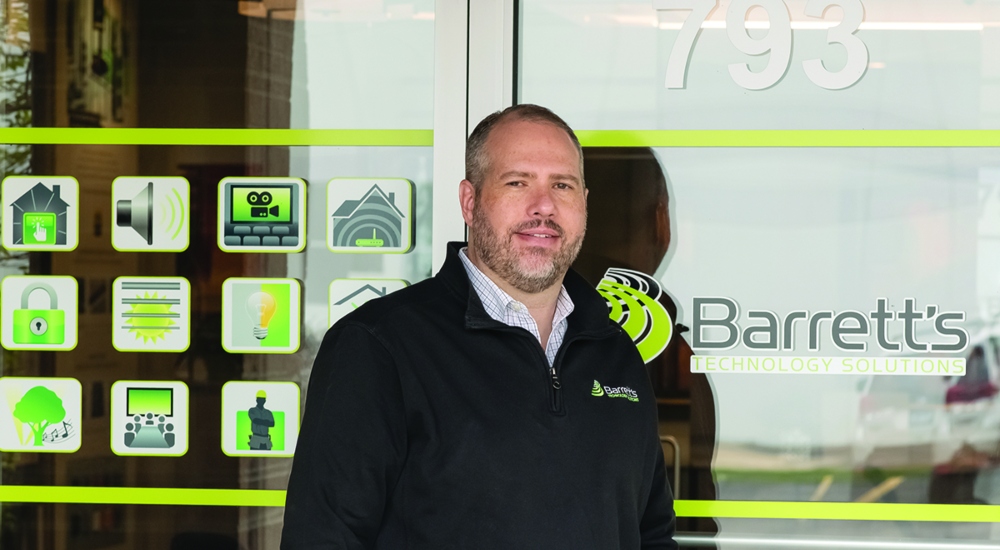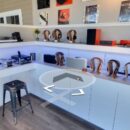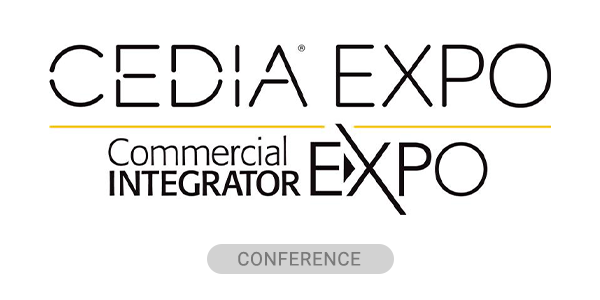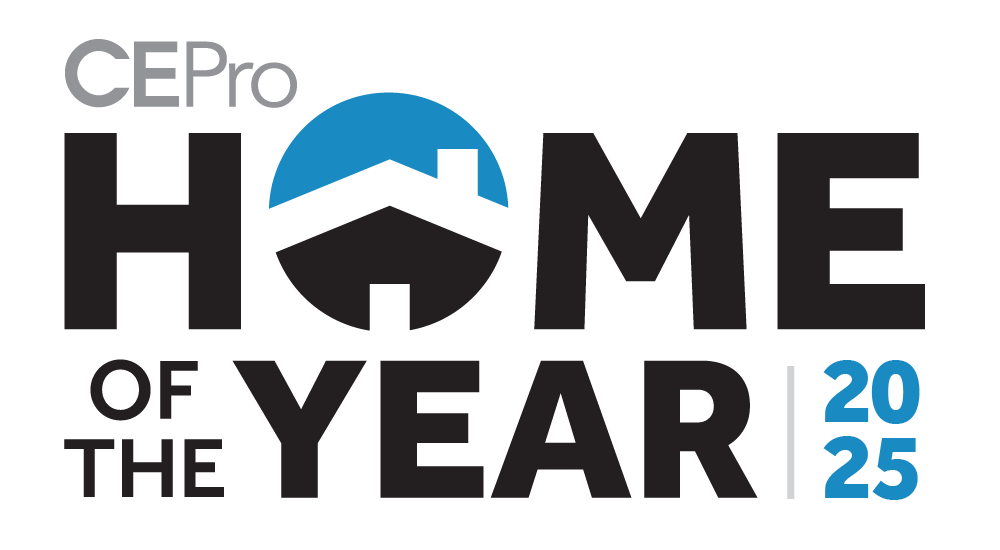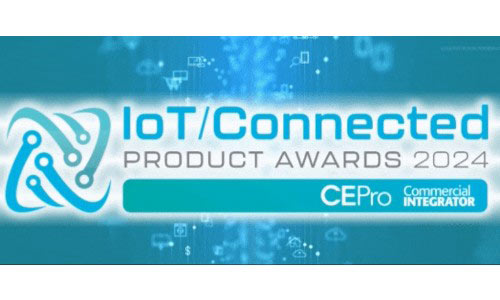I joined the team at Barrett’s Technology Solutions, then known as Barrett’s Audio/Video, back in 1991. At the time, we were a specialty retailer focused on high-performance video products, with surround sound systems, universal remotes, and furniture often bundled in as part of the package. When flat-panel TVs hit the market, we rode that wave for several years, helping clients bring home the latest plasma and LCD technology. But like many in the industry, we had to evolve.
As prices dropped, margins tightened, and consumer electronics became more accessible online and at big-box stores, it became clear the retail model wasn’t going to carry us forward. Barrett’s adapted, shifting our focus to performance audio and installation services. We then gradually moved into offering home automation and control systems, which were inherently more complex and required much longer timelines. What used to be a one-day installation turned into multi-week projects, with much higher expectations for service, reliability, and ongoing support.
Shifting from Retail to Services Requires a Change in Labor Management
As our projects grew in size and complexity, so did our responsibilities. We began offering fully integrated solutions, including other disciplines such as lighting control, motorized shades, networks and power management – and the list continues to grow. Making all these components work together seamlessly requires more than just good products. It demands strong behind-the-scenes processes. The days of showing up with boxes of equipment, getting everything hooked up, and walking away with satisfied clients and predictable margins were gone.
Operating as a true custom integration firm meant learning to manage labor differently, investing more time in design and engineering, and implementing better planning tools on the front end. It also meant finding ways to reduce the burden on our clients by eliminating the weeks of system debugging that often followed our handoff. This led us to change our approach.
The ‘Framework’ System
Barrett’s adopted Richard Millson’s (Millson Technologies) “Framework” system, which has fundamentally changed the way we operate. We moved into a new facility in 2020, at which time we built a “Pre-Deployment Lab.” This space represents the next phase of our evolution, a dedicated environment where we fully build out and test systems before they arrive on-site. Our goal was simple: to deliver a better experience by doing more of the work in advance, outside the home.
During the early stages of installation, our technicians now terminate and neatly organize prewiring into a structured wiring panel we call the “Rackframe,” along with a separate enclosure for network infrastructure known as the “Wireframe.” Completing this work well in advance of the final install saves significant time and eliminates the need to sort, label, and manage wiring on-site. These are tasks that would otherwise take place during the most hectic phase of the project, when deadlines are tight and multiple trades are working simultaneously.
Meanwhile, weeks ahead of the deadline, our team assembles the equipment racks in our lab, wiring them with the intent of cleanly landing a wiring bundle, what we call the “umbilical cord,” from the rack into the Rackframe once the site is ready. While pre-building racks is not new to our industry, having the ability to fully program, test, and debug them in-house before delivery is where we see the greatest gains in efficiency. This streamlined method has become such a key part of our success that we’ve given it a name: “Advanced System Implementation Process”.
How Barrett’s ‘Pre-Deployment Lab’ Helped Propel Us Forward as a Services Business
Our team has everything they need in the Pre-Deployment Lab, including dedicated workstations for assembling racks, tools for troubleshooting, and stations to execute firmware updates and programming. We can test systems across thirty-two audio zones, twelve video zones, and even simulate a multi-channel home theater environment. By resolving issues in advance, we eliminate the post-project challenges that once took weeks to resolve. For smaller projects, we’re often able to complete all programming off-site, allowing the racks to be plug-and-play when they arrive on-site.
This approach benefits all project stakeholders. Homeowners experience fewer disruptions, faster installations, and more reliable systems. Builders and designers avoid last-minute surprises that could affect project deadlines. And our team works with greater confidence and consistency, resulting in a more professional and repeatable process.
Looking back, it’s remarkable to see how far we’ve come, from retail showrooms selling TVs to a fully integrated, design and engineering-focused firm delivering sophisticated home technology solutions. While the tools and techniques have changed, our commitment has never wavered. We still believe in doing things right, treating clients with care, and always looking for a better way forward.
Brian Perreault is president of Barrett’s Technology Solutions in Chicago, Ill.
